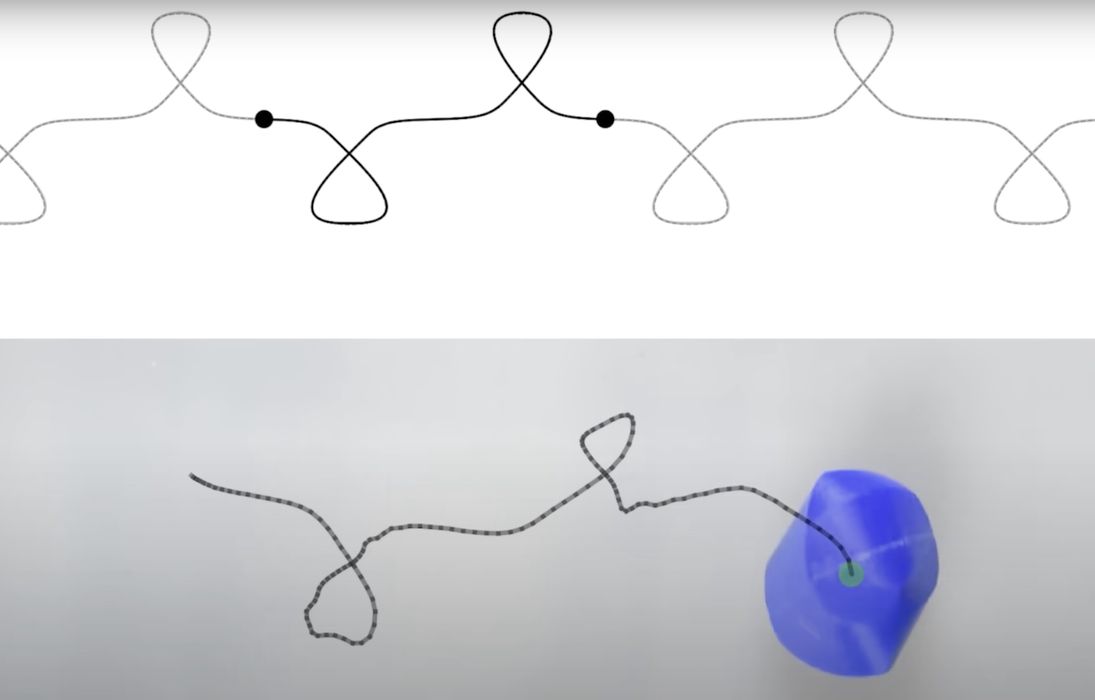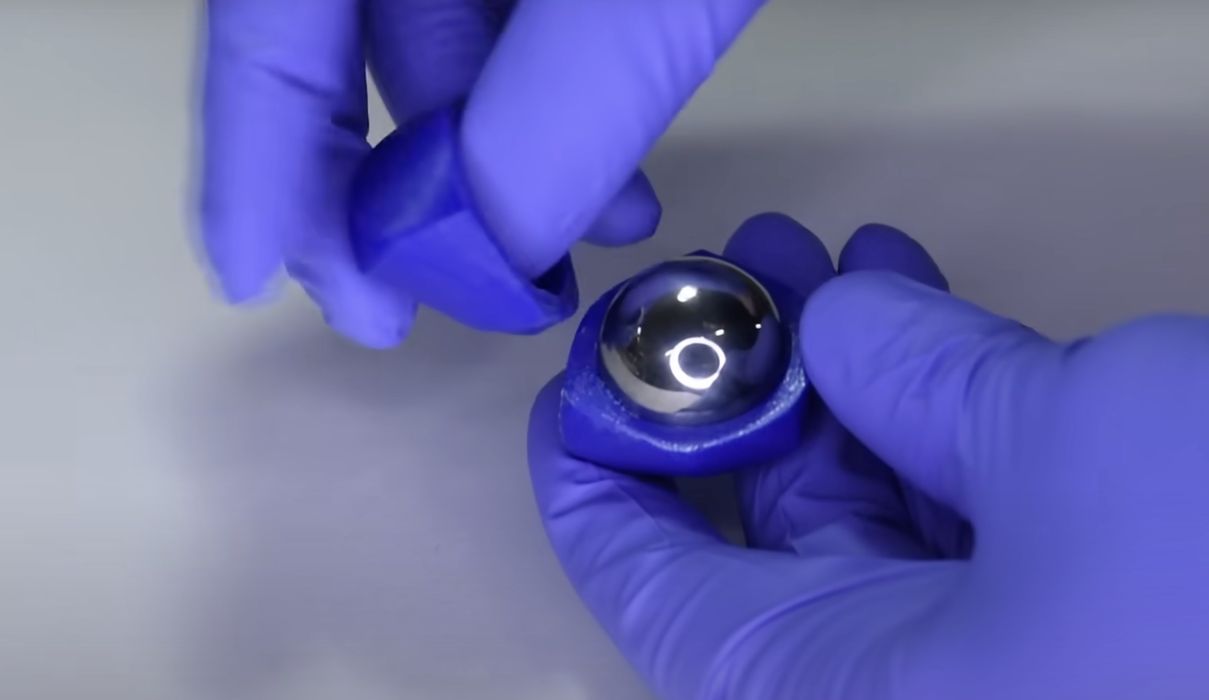
I’ve learned about an interesting new object type that can be 3D printed: Trajectoids.
You’ve never heard of them? That’s not surprising because they are new concept developed by researchers in South Korea.
What’s a trajectoid? It’s actually a fairly straightforward concept. Consider a cylindrical shape when it rolls down a perfect hill. Its path will be a straight line. Now consider a cone doing the same operation: it will curve to one side or the other in a predictable manner.
The researchers wondered if there was a way to generate a shape that, when rolled down a hill, could produce a specific and complex trajectory.
They first had to consider whether there was a mathematical way to link surface geometry with the down-the-hill trajectory. This was verified, and then they had the second issue of determining an algorithm using this knowledge to generate a shape based on a given trajectory.
This was also achieved, and their theory was tested by 3D printing ball shapes generated by the algorithm. At top you can see an example of this effect, where the rolling non-spherical “trajectoid” actually follows the trajectory.

The researchers found they could implement loops or even sharp corners, something you wouldn’t think could be done. However, everything has to be just right to work. Here you can see that they 3D printed half-balls and then inserted heavy ball bearings inside to ensure they rolled properly.
How could this work? Nature has published a very informative video that explains the process in an easy-to-understand manner:
In addition, Jade Tan-Holmes has published another video about Trajectoids on her Up and Atom channel:
Can you do this, too? You can! The lead researcher has posted the code for public download at GitHub. This makes it possible for anyone to generate a trajectoid for almost any scribbly trajectory.
If you didn’t have enough things to 3D print, this is certainly another one for your list.
